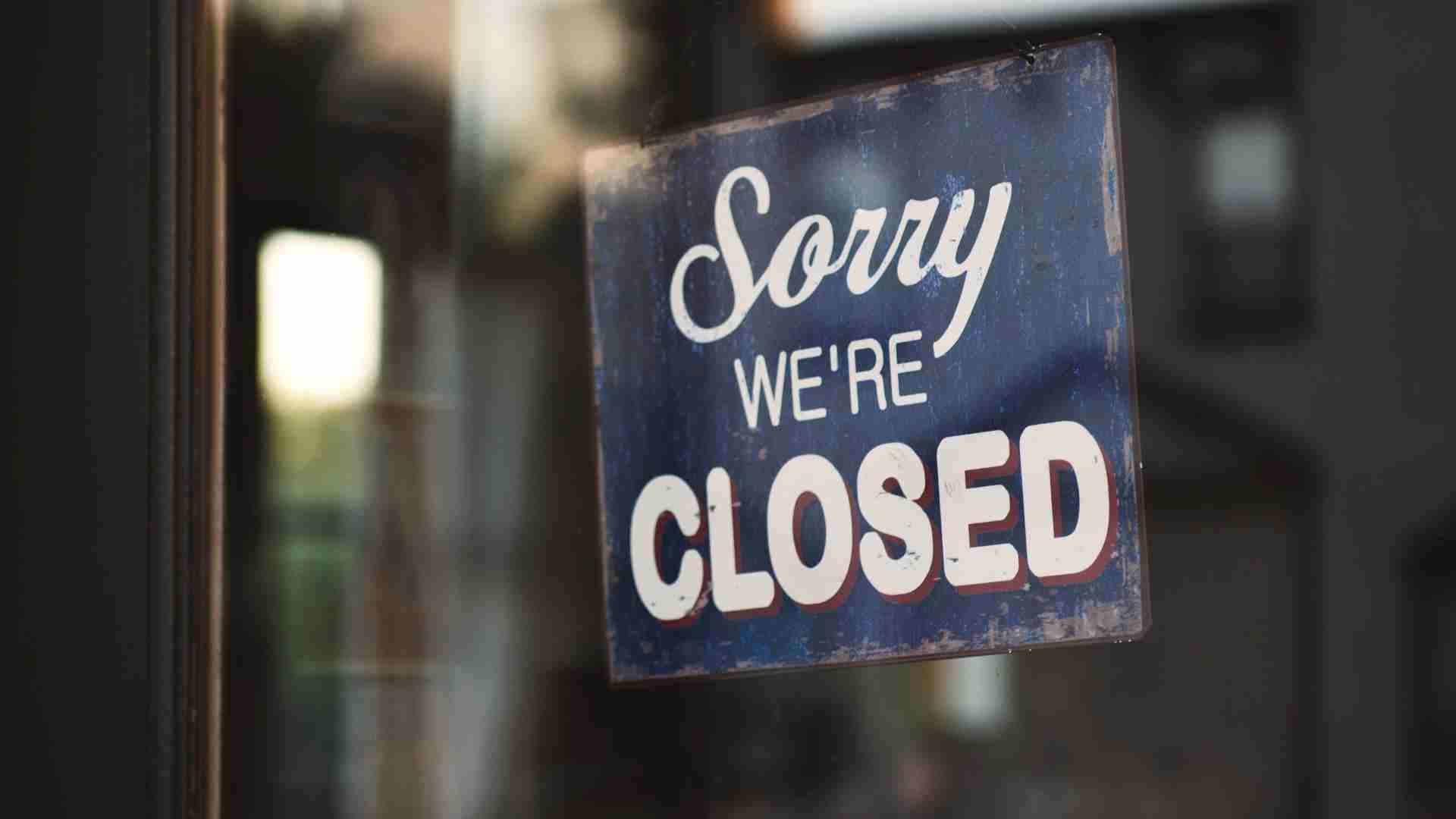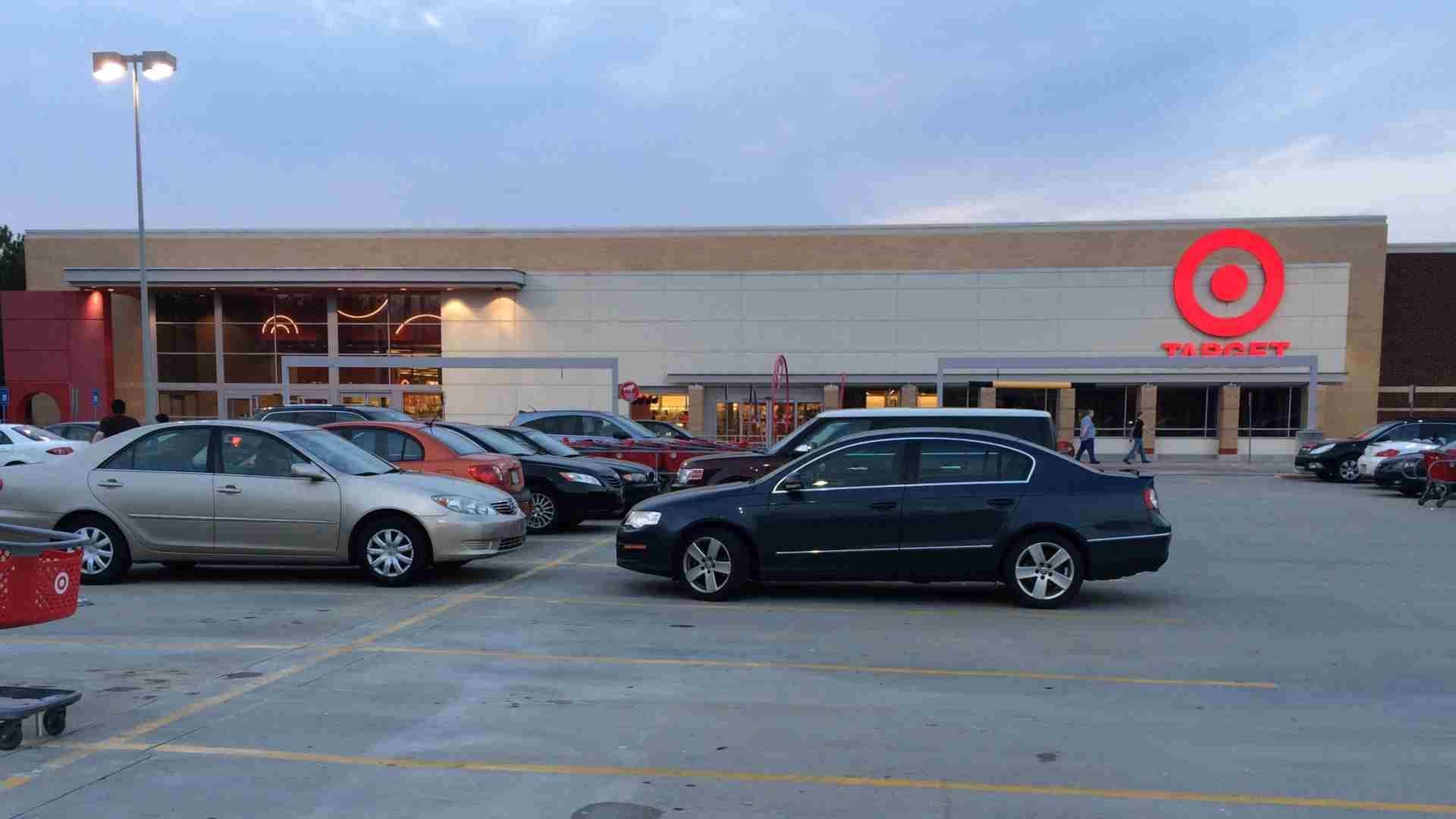Walmart Announces More Store Closures in Largest U.S. Cities
U.S. department store giant Walmart has announced a recent round of store closures. These closures seem to be caused by the rising cost of leasing properties, with Walmart and property owners unable to reach a pricing agreement.
Walmart’s store closures come in the context of several different retailers deciding to close stores to relocate them away from certain areas in big cities in states like Chicago and California.
What Locations Are Affected?
Walmart announced two store locations are being added to the list of recently closed stores from last year that affected over 20 stores. These newly closed stores are both located in California. One is the Walmart Neighborhood Market in San Diego, with the other being Walmart El Cajon in El Cajon, California (via The Mirror U.S.).

Source: Pixabay/California
As of 2024, Walmart has over 4,622 locations in the United States, with over 10,500 branches worldwide.
What Reason Was Given?
In a statement, the company blamed the closures on a failure to reach a lease agreement.

Source: Luis Zambrano/Pexels
“In this case, we were unable to reach an agreement with the property owners to renew the leases at these two locations,” Walmart said, according to The Mirror. These closures were unlike the previous ones Walmart instituted in 2023. Those closures were blamed on poor performance instead of increasing leasing prices.
What Happens to the Store’s Employees?
A total of 357 Walmart employees are affected by these closures. The San Diego location has 125 employees, and the El Cajon store has 232. The employees were given an offer to transfer to stores closest to the closed stores locations.

Source: Doctor Dragon 2000/Wikimedia
It is possible if Walmart can reach an agreement with the leaseholders, these stores might be opened back up, and the employees will be able to return to work.
Thanking the Customers
In a statement to Business Insider, Walmart spokesperson Brian Little gave thanks to the loyal customers of those locations.

Source: Aaron F. Stone/Wikimedia
Little said that Walmart is “grateful to the customers who have given us the privilege of serving them at our San Diego and El Cajon stores. We look forward to continuing to serve them at any of our many locations across the area, on Walmart.com, and through delivery to their home or business.”
Previous Closures
Although these closures were separate from the performance-driven ones that happened in 2023, it is hard to ignore the context that these closures are in. These closures affected 13 states, including Arkansas, Georgia, Florida, Hawaii, Illinois, Indiana, Kansas, Minnesota, New Mexico, Oregon, Texas, Washington, and Wisconsin.

Source: Tim Mossholder/Pexels
Of the stores that closed, eight of them were in Illinois, with four of them being in the big city of Chicago.
Why Is There a Trend of Store Closings?
Many of the store closings are happening in shopping centers in big cities. These stores are struggling to retain shoppers as more people are starting to work from home.

Source: Bich Tran/Pexels
Physical stores also have to deal with competition from retailers in the online space like Amazon. Amazon’s grocery delivery service, Amazon Fresh, has become more popular in recent years, and the company started offering the service to even non-members in 2023, per The Associated Press.
Consequences of the Pandemic
The pandemic has had several consequences that are causing retailers like Walmart to need to reevaluate keeping stores open.

Source: Edward Jenner/Pexels
People got used to not being in public so much, and foot traffic for many stores has been consistently falling. It was thought that once pandemic restrictions were lifted, traffic would return. However, foot traffic has still not reached pre-pandemic numbers.
Rent Prices Rising
The Wall Street Journal reported in 2023 that warehouse rent is reaching record highs, which reflects a similar trend for retailers dealing with the consequences of higher demand driving up rental costs.

Source: RC XYZ NFG Gallery/Unsplash
The supply of suitable store space is not sufficient for retailers. GlobeSt reported there is a huge disconnect between retail space supply and demand, with rent prices seeing the biggest increases in Sunbelt areas and annual rent growth reaching 3.6% on average.
Other Retailers Closing Stores
Target, another big box retailer that competes with Walmart, announced several closings in 2023. Nine stores were closed in 2023 due to the rising threat of theft and organized retail crime, according to Axios.

Source: Mike Kalasnik/Wikimedia
CVS had previously announced closing 300 stores per year over the next three years in 2021. They have pharmacies located in Target, and they also announced the plan to close dozens of them in 2024.
Walmart Concerned About Retail Theft
In December 2022, Walmart CEO Doug McMillion commented on the growing cost of retail crime and theft in retail stores.

Source: Kindel Media/Pexels
“Theft is an issue. It’s higher than what it has historically been,” he said (via CNBC). “We’ve got safety measures, security measures that we’ve put in place by store location. I think local law enforcement being staffed and being a good partner is part of that equation, and that’s normally how we approach it.”
Retail Theft is a Growing Issue
In recent years, retail theft has been increasingly spotlighted as one of the reasons for store closures in major cities.

The Nix Company/Unsplash
The Council on Criminal Justice released a report in 2023 detailing recent shoplifting trends. They found that between 2021 and 2019 the median value of goods stolen increased from $75 to $100. The average shoplifting incident increased by $184 between 2019 and 2021.
The Rise of Organized Retail Theft
One of the contributors to the rising cost of stolen goods is the organized shoplifting rings that perpetrate theft on a large scale that is hard to stop. A National Retail Federation survey from 2023 reported that there has been a 26.5% increase in organized retail theft since 2020.

Viktor Bystrov/Unsplash
Reportedly, organized retail crime costs a company seven cents for every $100 it makes in sales.
Organized Retail Theft Has Gone Viral
Viral videos made their way across social media in the past several years, like an incident in Minneapolis where more than 30 people robbed a Best Buy simultaneously. (via Star Tribune)

Tobias Tullius
These videos have become more common sights across social media platforms, and they spread quickly because people are surprised by the brazenness of some of the thefts.
It’s Hard To Draw Conclusions On How Widespread the Problem Is
One weakness of relying on shoplifting data to figure out trends is that the data researchers use for shoplifting is often self-reported. This makes it hard to get an accurate read on how many incidents are actually happening.

Mike Petrucci/Unsplash
Researchers think the real number of shoplifting incidents is higher than what is reported on average. Also, while shoplifting is rising in many places there are also some where it has decreased, making commenting on general trends difficult.
Why is Retail Theft Such a Problem for Big Companies?
Some people may assume that retail theft is such a small percentage of sales that big companies like Walmart or Target should be able to easily absorb the damage to their margins.

Bernard Hermant/Unsplash
However, these big companies often rely on thinner margins and wholesale value to attract customers. Retail theft directly affects the prices of items at the store. Retail theft combined with recent levels of high inflation can be a killer combination for retail profits.
Public Opinion on Shoplifting Crime Might Be Changing
A survey from LendingTree in 2023 found that nearly one-third of Gen-Z shoppers in the United States admitted to using self-checkout lanes to shoplift.

Patrick Tomasso/Unsplash
Some politically motivated people feel that big corporations are causing economic strife, and that stealing from them is justified. This attitude is increasingly common with younger people in the United States.
'Eat the Rich' Has Become a Refrain in Some Political Circles
One contributor to the changing attitude on retail crime with some political groups has been the recent return of the political slogan ‘eat the rich’.

Markus Spiske/Unsplash
A Pew Research report from 2023 found that over 61% of Americans feel that corporations and the wealthy don’t pay their fair share of taxes. There is a growing sentiment that these companies exploit the system to avoid paying taxes, leaving regular people holding the bag.
Don't Big Companies Have Theft Insurance?
One commonly cited reason for those who think retail theft is no big deal is that these big companies can afford retail theft insurance. In their minds, retail theft insurance should cover all the damage since the company is paying for it anyway.

Scott Graham/Unsplash
However, this is a misunderstanding of how insurance works. As more costly incidents continue to occur, this raises insurance premiums. Those increased premium costs will be passed on to customers, meaning even with insurance retail theft does have an effect on the market.
Self-Checkout Terminals Are a Risk for Businesses
The introduction of self-checkout machines has been a boon for retail stores they no longer have to staff as many cashiers and baggers at the registers. While self-checkouts save the company on payroll, they pay for it in retail theft opportunities.

Source: Marques Thomas/Unsplash
Since retailers have to self-report retail theft at self-checkout machines it’s hard to get solid data on how often it is actually occurring. Companies tend to keep these numbers private which they sometimes consider to be industry-sensitive information.
Retail Theft Drives Increased Security Measures
Some retailers are responding to retail theft in high-traffic areas by instituting additional security measures on products. Stores will lock up more items behind security shelves that require customers to call for an employee to help them select.

Rayner Simpson/Unsplash
Even simple items like toothpaste, soap, and deodorant are not spared from anti-theft procedures. These companies hope that making theft harder will help them discourage thieves from hitting their stores.
Inability to Confront Thieves Leaves Employee Hands Tied
While retail thieves often justify their actions by thinking they are primarily harming a faceless corporation, they often forget about the employees who work there. Retail theft forces companies to make cuts and raise prices, which can negatively affect the salary and employment opportunities of those who work there.

Nielson Caetano-Salmeron/Unsplash
For this reason, some employees physically confront shoplifters, but at a risk to their safety and sometimes their jobs.
Laws May Need to Change For Progress to Be Made
Some lawmakers are currently considering bills to help companies get better equipped to deal with shoplifting crimes. In states like California and New York, laws were passed in 2022 that strengthened punishments for store theft and added additional penalties for people working together or who hit multiple places.

Source: Marco Oriolesi/Unsplash
Bill AB 1772 recently proposed in California would require a person caught in a third shoplifting offense to serve jail time.
Future Closures on the Horizon?
With a confluence of factors like organized retail crime, rising rent prices, and poor performance from certain stores, it’s hard to imagine store closings will stop anytime soon.

Source: Walmart Corporate/Wikimedia
Walmart closures can have a devastating impact on local communities who rely on the store for cheap groceries and everyday products. Hopefully, these customers will be able to receive the same quality of service from shopping online.
